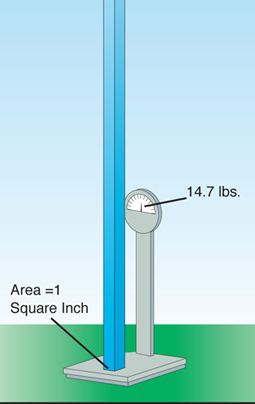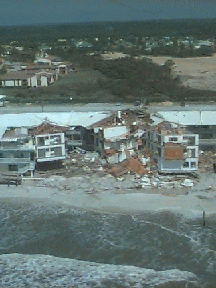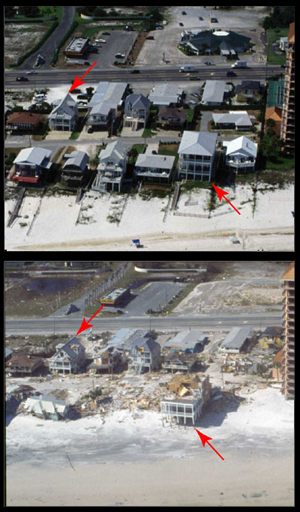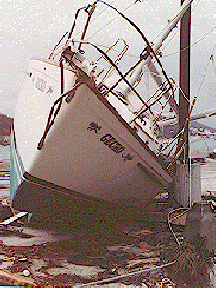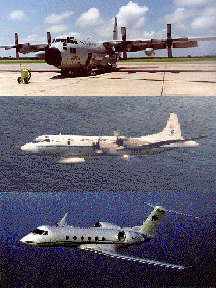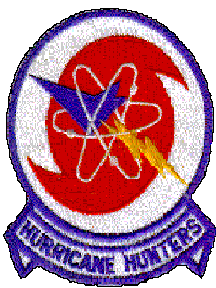Hurricane Classification
The Saffir-Simpson Hurricane Scale is used to describe the strength of hurricanes in the Atlantic and Eastern Pacific. Other scales are often used in other areas of the world.
The scale classifies hurricanes based on wind speed, pressure, and the height of the storm surge. The smallest hurricanes have wind speeds of 74 mph (119 km/h) while the largest hurricanes have wind speeds of over 155 mph (250 km/h). Storms that are smaller than hurricanes are given different names. Storms with winds less than 74 mph are known as tropical storms and storms with winds less than 38 mph are known as tropical depressions. These smaller storms can become hurricanes if they grow.
Category 1: Minimal
Central Pressure: Greater than 980 millibars (mb) Wind: 74-95 miles per hour (mph)
Storm Surge: 4-5 feet (ft)
Damage: Damage mainly to trees, shrubbery, and unanchored mobile homes
Category 2: Moderate
Central Pressure: 965-979 mb Wind: 96-110 mph
Storm Surge: 6-8 ft
Damage: Some trees blown down; major damage to exposed mobile homes; some damage to roofs of buildings
Category 3: Extensive
Central Pressure: 945-964 mb Wind: 111-130 mph
Storm Surge: 9-12 ft
Damage: Foliage removed from trees; large trees blown down; mobile homes destroyed;some structural damage to small buildings
Category 4: Extreme
Central Pressure: 920-944 mb Wind: 131-155 mph
Storm Surge: 13-18 ft
Damage: All signs blown down; extensive damage to roofs, windows, and doors; complete destruction of mobile homes; flooding inland as far as 6 miles; major damage to lower floors of structures near shore
Category 5: Catastrophic
Central Pressure: Less than 920 mb Wind: Greater than 155 mph
Storm Surge: Greater than 18 ft
Damage: Severe damage to windows and doors; extensive damage to roofs of homes and industrial buildings; small buildings overturned and blown away; major damage to lower floors of all structures less than 15 feet above sea level within 500 yards of shore






